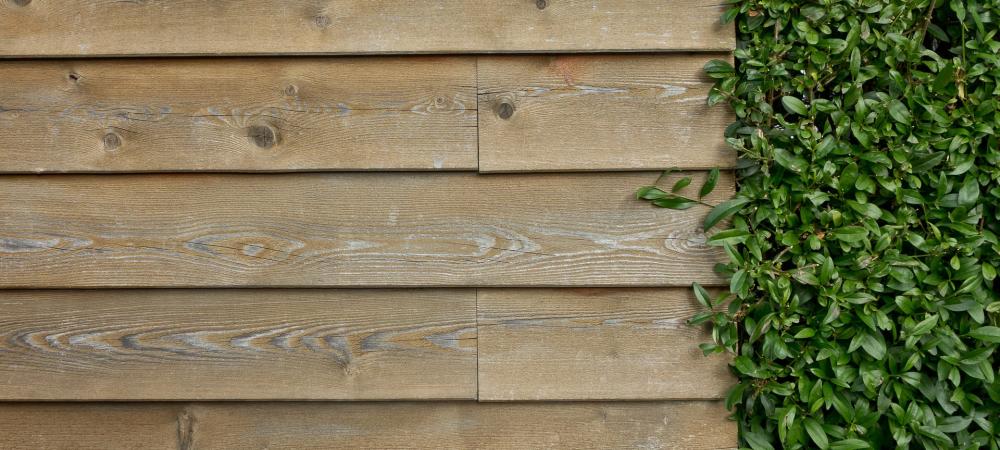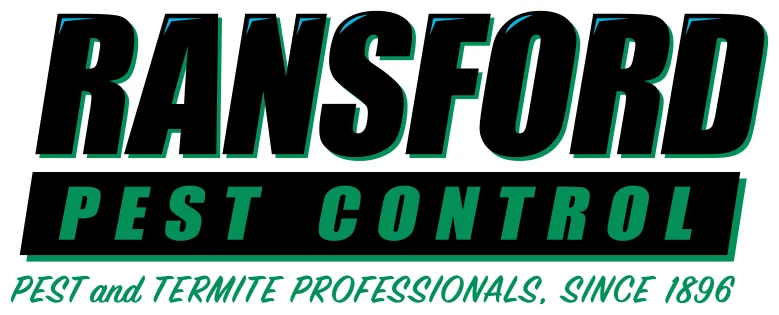How Much Does a Termite Infestation Actually Cost?

We already know we don't want termites in our house—but what happens if they make their way in? Is termite extermination expensive? The average cost of termite treatment varies on the type of termite and how much damage is done, as well as other factors such as the individual pest control company.
Termite Damage Repair
Termites are some of the most destructive pests a home can have. But just exactly how much damage can termites do?
Structural Termite Damage
Termites literally eat away at the structure of your home, and that’s where some of your biggest costs are going to be. The average cost of termite damage repair is $3,000, but that can vary widely depending on the extent of the damage and exactly what they ate.
Cosmetic Termite Damage
In addition to repairing the structure of your home, you may have to do some cosmetic work to hide the damage they did. Termites can create discoloration in the sheetrock, buckling floors, and even peeling paint. Cosmetic termite damage repair usually runs around $7,500, depending on the material that was damaged and what you choose to replace it with. Hardwood floors, for example, are far more expensive to replace than a few loose tiles.
Termite Prevention Tips
If you’re like most homeowners, you’re doing what you can to keep termites out of your home. After all, you don’t want your biggest investment in shreds. Unfortunately, sometimes you’re working against yourself. Are you making any of these mistakes?
Poor Mulching Habits
Mulch can look amazing around your home. It’s seriously helpful, too, ensuring your plants get the moisture they need, even when it’s a bit dry outside. Unfortunately, there’s a real potential for problems with mulch, though. It holds in moisture, and that’s exactly what those termites are looking for when it comes to survival. The moist, damp conditions that mulch creates are literally the perfect environment for a termite colony. If it’s up against the foundation, it essentially creates a bridge that can make it a lot easier for the termites to enter the home.
Stacking Firewood or Other Materials Near Your Home
wood piles attract termites, whether it’s firewood for your fireplace or untreated building materials, or even yard waste in some cases. Termites are one of nature’s ways of breaking down dead wood, so any wood that is lying on the ground is a prime target for termites. They are constantly foraging for new food sources too, so they won’t wait for that wood to be consumed before moving onto your home if they are able to find a crack to enter it.
If you’re going to have piles of untreated wood lying around, make sure they’re as far away from your home as possible. You’ll want to check the piles regularly, as termites forage near-constantly and if they reach the piles they might not be far from your home.
FAQ About Termite Damage Repair Costs
Here are some of the most common questions our exterminators receive about the costs of termite damage.
How Much Does Termite Damage Repair Cost?
The average cost of termite damage repair is $3,000, but that can vary widely depending on the extent of the damage and the size of the affected area. In general, termite damage repair costs can range from a few hundred dollars for minor damage to several thousand dollars for more severe infestations.
How Do You Fix Termite Damage?
Fixing termite damage involves inspecting the extent of the damage, eliminating termites, repairing or replacing damaged structures, reinforcing vulnerable areas, and restoring the affected area cosmetically. Unfortunately, because termites hollow wood out from the inside, home inspections and pest control operators will not be able to ascertain how severe the damage is. You may need to talk to a structural engineer or other contract to assess damage and may repairs.
How Do I Know If I Have Termite Damage?
You can look for the following signs to determine if you have termite damage:
- Hollow-sounding wood: Tap on wooden structures, and if they sound hollow, it could indicate termite damage.
- Discarded wings: Finding discarded termite wings near windowsills or doors is a sign of a termite swarm.
- Mud tubes: Subterranean termites build mud tubes on walls or foundations to reach their food sources. These look like thin lines of dirt that snake up a wall, usually in the basement. They do this because the open air is too dry for them.
- Frass (termite droppings): Piles of very small, wood-colored pellets near termite-infested areas.
- Sagging floors or ceilings: Termite damage weakens structures, leading to sagging or uneven surfaces. Floorboards may feel ‘spongy’ when stepped on.
- Tight-fitting doors or windows: Swollen or distorted doors and windows may indicate termite activity.
- Wood damage that contains soil: Termites will typically bring soil from the ground into the galleries they create when consuming wood. Just like with mud tubes, this is a method they use to create a closed environment, thus conserving moisture.
If you suspect termite damage, it's crucial to consult a professional pest control expert who can recommend the appropriate measures.
